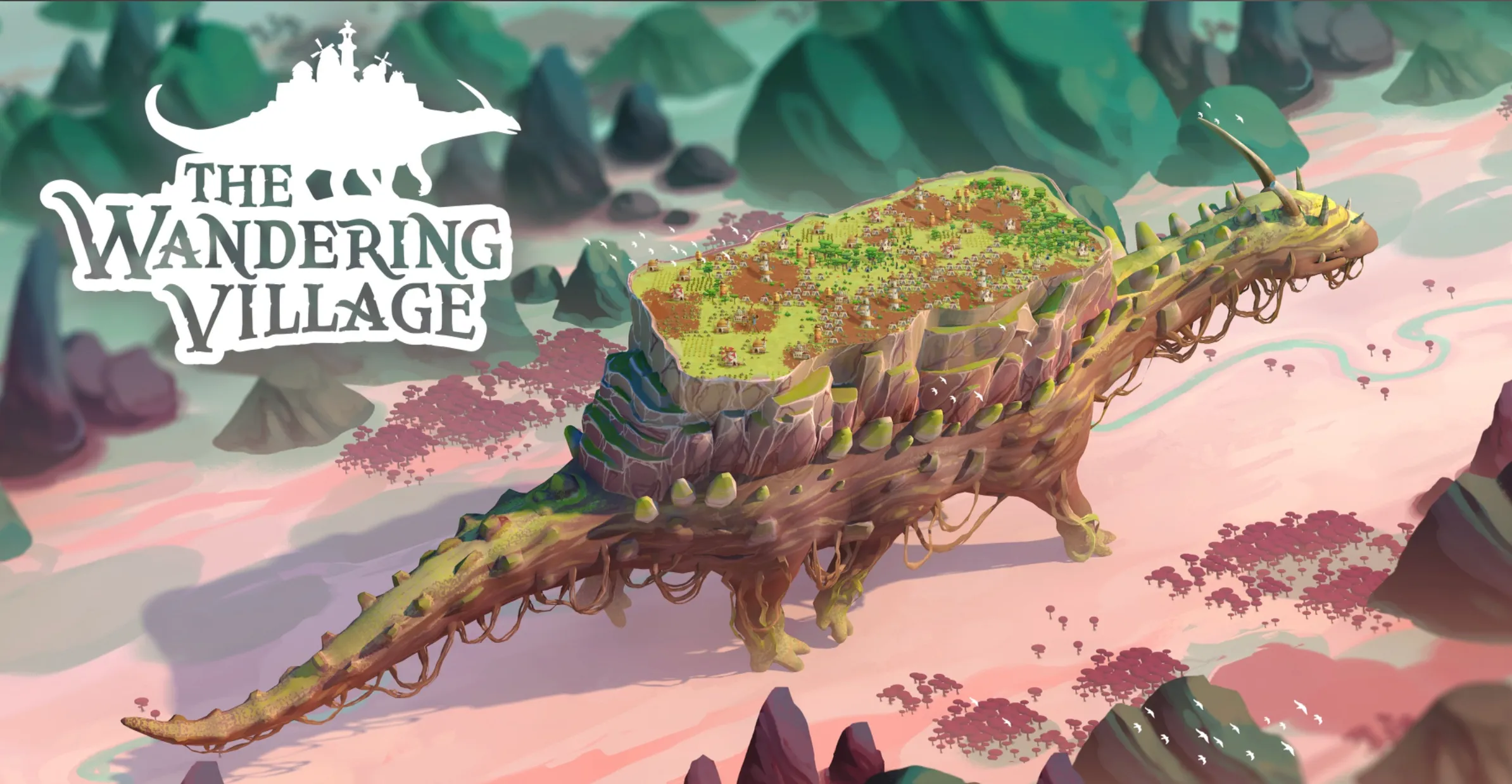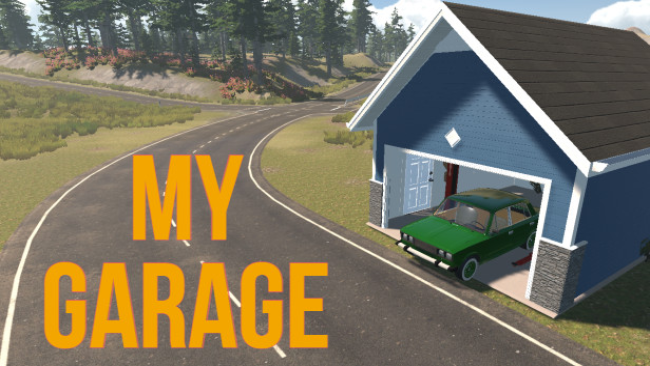THE WANDERING VILLAGE REPORT ON EARLY ACCESS
The Wandering Village, a city-builder, is almost entirely built on the fertile banks of an immense prehistoric creature called the Ombu. You employ villagers to feed, house, and heal yourself while the Ombu lumbers along an ailing, poison-ravaged world. The Ombu can move quickly, seemingly unaware of the emerging society above. Yes, the Ombu does stop from time to time and will eventually fall asleep.
On the one hand, the Onbu’s slow march through the deserted world marks the passage and passing of seasons. It travels from hot deserts to lush, humid forests at night. On the other hand, Ombu can measure your success. It exists in a symbiotic relationship with your village, where the health and well-being of each are enhanced by the other. The Ombu is not just to be exploited. It needs to be loved and respected. Like all the villagers, the Ombu is a living, breathing creature. If it dies, then everyone else dies.
The Wandering Village invites players on a familiar building cycle that sounds like the Onbu’s relentless shuffle. The plan is drawn up, the storerooms are built, the carpenters and stone masons get workshops, the air wells extract moisture from the air, and the herbalists grow supplies for the doctors. Soon, a research laboratory is opened. This allows for new techniques and buildings to be discovered along the many-pathed branches in the tech tree. To connect the hubs of industry, dirt paths are laid to allow laborers’ movement as they transport wood, stone, and food to where it is most needed.
Any restrictions do not limit your village organization. While some buildings cannot be built on grass or dirt, others can be built on both. Each farm can only grow one crop once and on plots within a specific range. Gatherer huts must be located near berry bushes and similar things. Fortunately, village planning does not have to be restricted by the typical supply chain rules in similar games. My instinct was to place my carpenter’s cabin in a grove, but it wasn’t necessary. Any villager who was given the task of cutting down trees or making planks would be able to do the job regardless of where they lived.
When deciding where to build, your main concerns should be: Do you need it right now? Are you able to hire enough workers to keep the place running? Because Onbu’s trek presents new and dangerous conditions, you will need to adjust. Your encounters with nomadic tribes provide the only way to increase your population and hire more workers to work on new structures. You can assign your villager to any worker slots found in most buildings. You can manage these numbers and shift your labor force as demand rises and falls. For example, you might call all your beet farmers to help you cut the needed stones to build your kitchen. This is how strategic decisions make your operation more efficient.
Your relationship with Onbu can open up other strategic avenues. You can remove its rocky horns for a quick boost of resources, but it will lose faith in you. You can encourage the Ombu to go at your own pace or to take a more favorable turn at each junction along its route if it is healthy and well-fed. Even if it stops for rest, you can collect and recycle the waste into valuable materials. Even though core village management is relatively routine, this symbiotic relationship makes it unlike any other city-builder I have ever played. The Ombu adds a unique personality, deep connection, and a wonderful otherworldly flavor to what could otherwise be a typical city-building sim.
The Wandering Village is just starting its journey on Steam. It feels well designed, with plenty of content and a fast tutorial to help you start your village. Stray Fawn Studio, a Swiss developer, plans to add more content and expand the feature set before Early Access closes in a year. Because the information it has so far is intriguing and sparse, I am eager to see how they expand the background story. It’s a promising start for now. This Ombu is set for an exciting ride.



